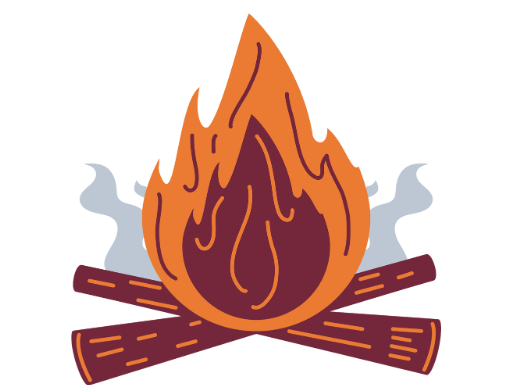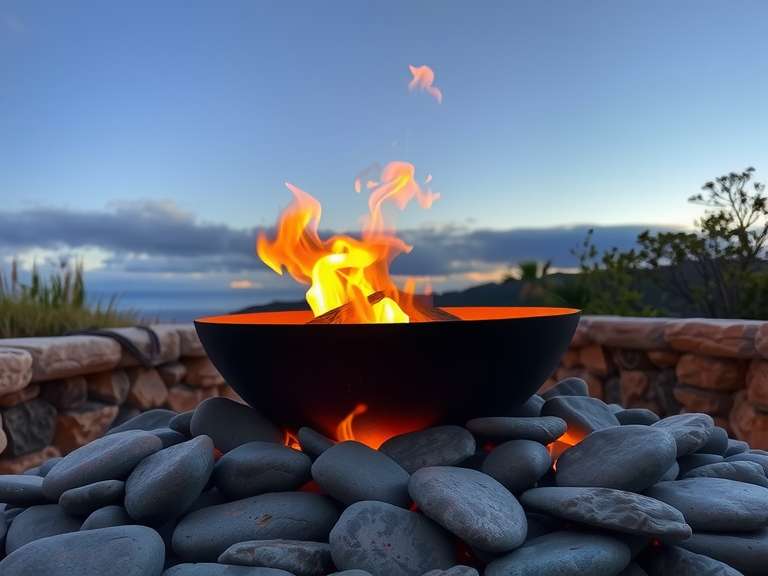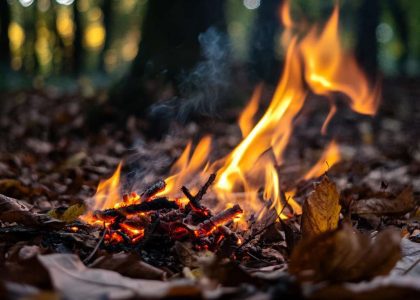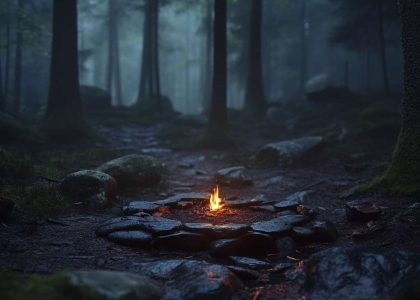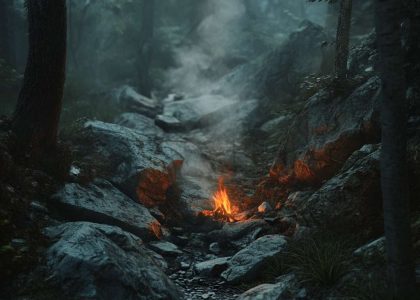Starting a fire can be a vital skill, especially when you’re out enjoying nature or during a home emergency. But what if you find yourself without a lighter? Fear not! With the right knowledge and materials, you can successfully ignite a fire using various techniques and natural fire starters. 💡
In this article, we will explore the essential materials needed for fire-starting, uncover how natural fire starters enhance ignition, and dive into different techniques that can be employed to achieve a successful flame. From preparing the perfect tinder to ensuring safety measures while handling fire, we’ll equip you with the information necessary to confidently ignite a fire without relying on a lighter.
What Materials Are Essential for Starting a Fire?
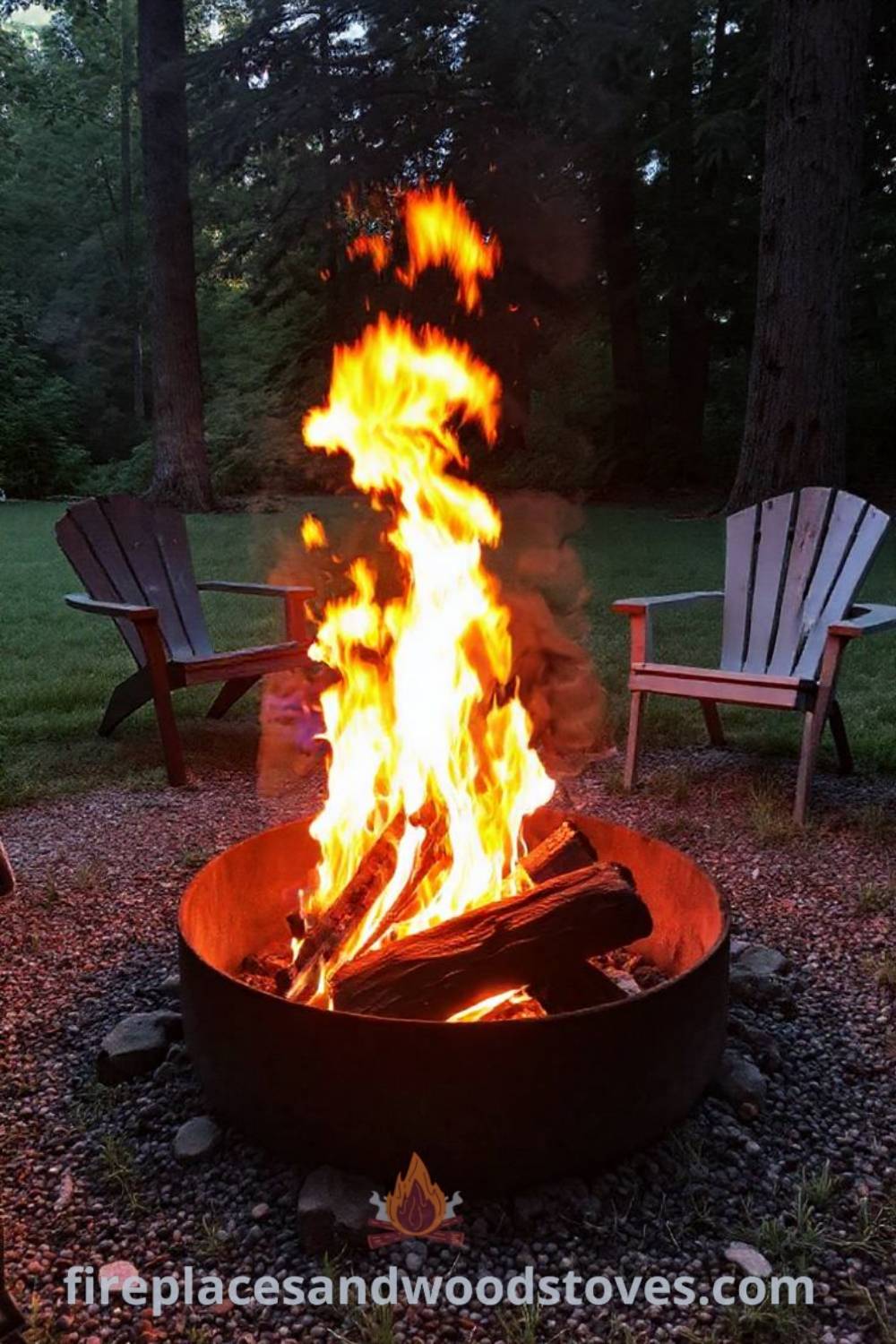
Starting a fire without a lighter requires the right combination of materials to ensure a successful ignition. Here’s what you’ll need:
- Fire Starters: These are the first material you need. Waterproof, odorless, and easy to ignite, they burn consistently for 8–10 minutes. Perfect for all weather conditions, these starters are designed to ensure reliable ignition, even in damp or windy environments.
- Kindling: Once your fire starter is ignited, small sticks or twigs are needed to help build the fire. The kindling catches fire from the burning fire starter and supports the transition to larger fuel, helping your fire grow steadily.
- Fuel: After your fire starter and kindling are burning well, use larger pieces of wood or charcoal to maintain the flame. These materials will keep the fire going for an extended period.
By using the right materials, including reliable fire starters, you can ensure an easy, safe, and efficient fire ignition. For more tips on fire starting, check out how to start charcoal for even more insights. 🔥
🔥
How Do Natural Fire Starters Aid in Ignition?

Natural fire starters offer a practical solution for igniting fires without a lighter. Here’s how they enhance the fire-starting process:
- Quick and Reliable Ignition: These fire starters ignite instantly, providing a dependable flame essential for efficient fire starting. Rapid ignition is beneficial during outdoor activities where time is critical.
- Versatile Applications: They can be used in various environments, such as grills, fireplaces, and outdoor fire pits, adapting seamlessly to different conditions.
- Eco-Friendly Composition: Crafted from natural materials, these starters ensure a clean burn without toxic residues, offering a safer option without compromising performance.
- Burn Consistency: Natural fire starters produce a steady flame, which significantly increases the chances of igniting additional fuel without the frustration caused by inconsistency.
- Portability: Lightweight and compact, these fire starters can easily fit into backpacks or emergency kits, ensuring you’ll always have a fire-starting solution available.
By incorporating natural fire starters into your fire-starting routine, you can achieve a reliable ignition process. For those interested in learning more about fire-starting techniques, exploring how to start a fire for beginners can provide valuable insights. 🔥
*As an Amazon Associate I earn from qualifying purchases
What Techniques Can You Use to Start a Fire Without a Lighter?
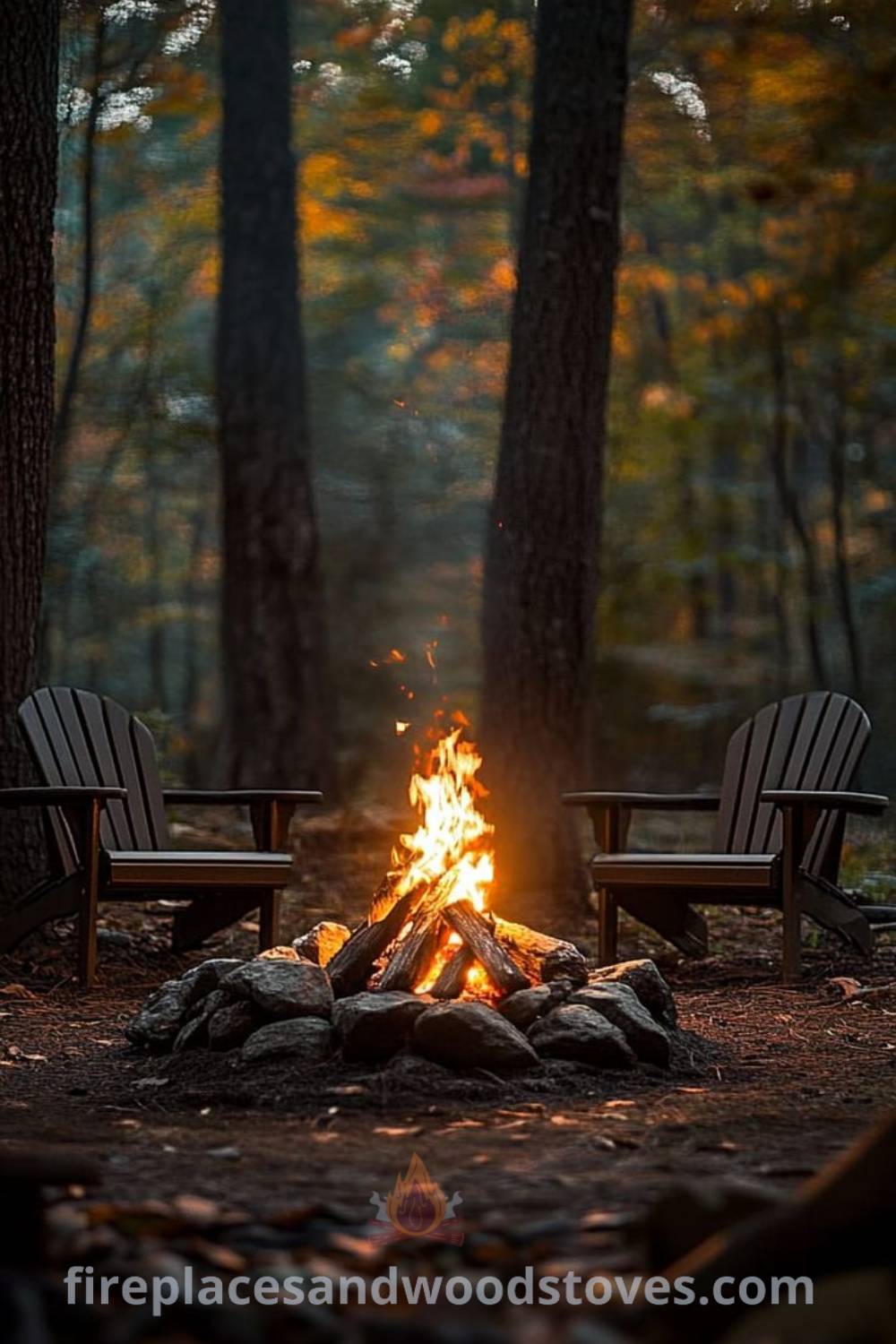
Starting a fire without a lighter requires creativity and resourcefulness. Below are some effective techniques to consider:
- Friction Methods: Techniques like the bow drill generate heat by rapidly rotating a spindle against a fireboard, producing an ember to ignite tinder. While it requires practice, it’s a valuable skill for survival.
- Flint and Steel: This classic method involves striking flint against steel to create sparks, which can then ignite tinder. It’s a reliable backup tool when resources are limited.
- Battery and Steel Wool: Using a 9-volt battery, you can touch it to fine steel wool to create sparks, igniting tinder in the process. This method is popular for its simplicity and effectiveness.
- Solar Ignition: Utilizing a magnifying glass can concentrate sunlight onto tinder, creating heat that ignites it. This technique works best on sunny days and requires patience.
- Fire Plough: By rubbing a wooden stick along a groove carved into a softer wood piece, you can create friction and eventually hot shavings that can ignite tinder if done correctly.
When choosing a fire-starting method, consider your environment and available resources. Each technique has its unique merits and challenges depending on circumstances. For those interested in exploring different fire-starting options, understanding which fire type starter is the strongest can provide valuable insights. 🔥
How to Prepare Tinder for Optimal Ignition?
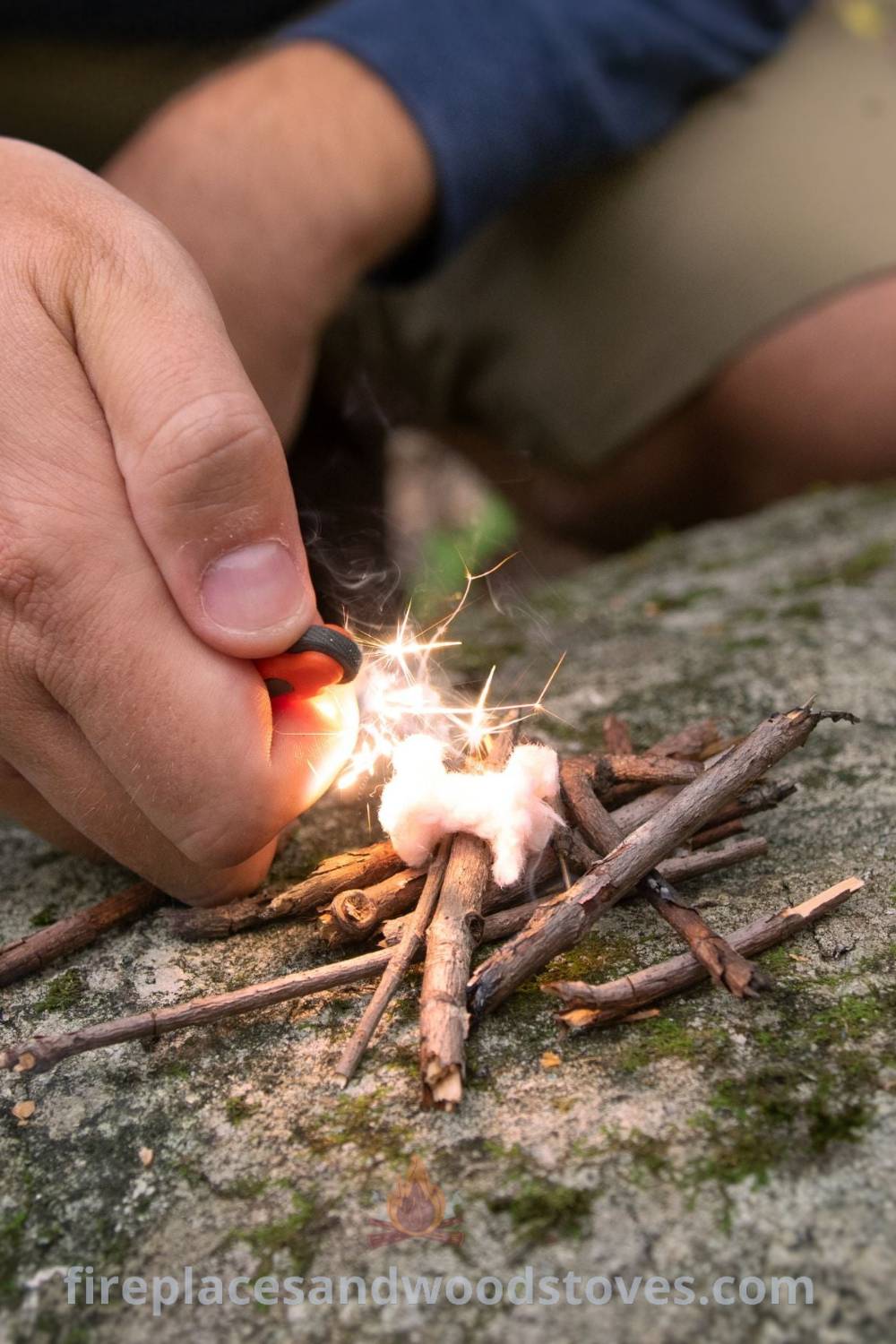
Preparing tinder properly plays a key role in starting a fire effectively. Whether you’re relying on natural materials or enhanced fire-starting aids, here are tips to ensure successful ignition:
- Select the Right Materials: Traditional tinder options include dry leaves, bark shavings, paper, or grass. These catch sparks easily and are ideal when starting a fire with flint or matches.
- Use Fire Starters for Simplicity: An easier and more consistent option is to use pre-made fire starters like wax-infused cubes or pine-based rolls. Designed to ignite quickly and burn for several minutes, they offer reliable performance in damp, windy, or unpredictable conditions, and require minimal effort.
- Store Properly: Keep all tinder and fire-starting materials in a dry, sealed container. Moisture reduces effectiveness, especially in outdoor or emergency scenarios.
- Layer Your Base: Place your tinder beneath kindling, ensuring air can circulate. This helps flames spread steadily to larger fuel sources and supports a strong, lasting fire.
- Optional Enhancements: Some people use wax-coated pine cones or handmade starters with a wick. These offer longer burn time and can be a useful backup in harsh weather.
Choosing the right method depends on your environment and preference — from traditional tinder to ready-to-use starters, preparation is key. For added insight, learn more about how to light a fire in the wind. 🔥
What Safety Precautions Should You Take When Starting a Fire?
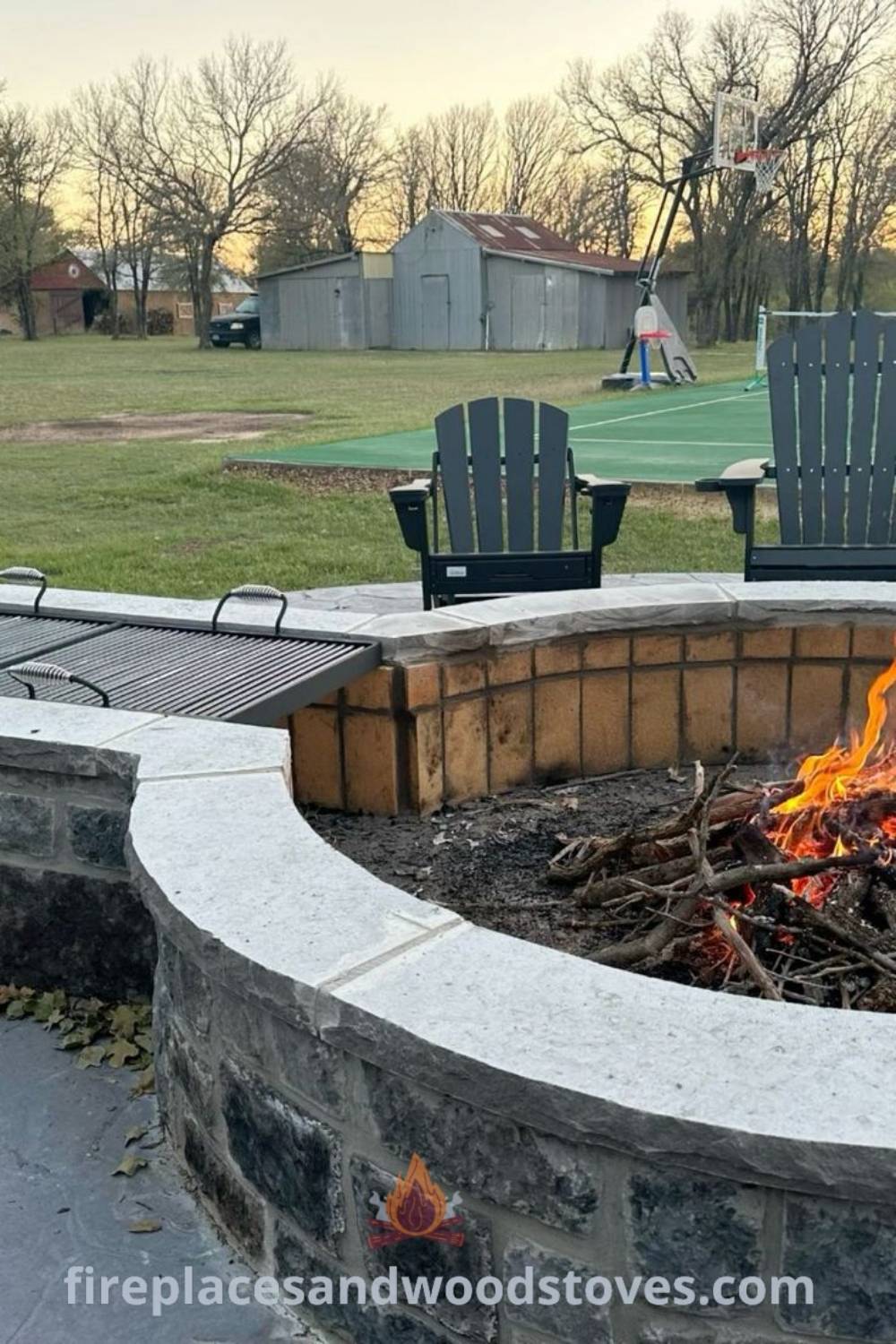
Ensuring safety is paramount when starting a fire without a lighter. Here are some essential precautions to follow:
- Choose a Safe Location: Select an area clear of flammable materials, ensuring it’s at least 15 feet away from tents and trees.
- Utilize a Fire Pit: Whenever possible, use a fire pit, which should be digged 12-18 inches deep, surrounded by stones or bricks, to contain flames effectively.
- Maintain Distance from Structures: Keep the fire at least 10 feet away from buildings or combustible materials to prevent unintended spread.
- Clear the Surrounding Area: Remove branches, dry grass, and any other items that could easily ignite and cause uncontrolled flames.
- Avoid Flammable Liquids: Never use starter fluids. These can cause uncontrollable flames and are dangerous.
- Keep the Fire Manageable: Ensure the flames do not exceed 3 feet higher than the wood materials, making it easier to control and less likely to spread.
- Have Extinguishing Tools Ready: Always have a bucket of water or sand nearby to quickly douse the fire if needed.
- Supervise the Fire: Never leave the fire unattended. An adult should always be present to ensure it remains safe.
- Protect Children and Pets: Keep them at a safe distance and inform them about fire safety practices to avoid accidents.
- Extinguish Completely: Before leaving, completely douse the fire with water or sand to ensure no embers remain.
By adhering to these safety measures, you can enjoy the fire-starting experience without compromising safety. For those interested in understanding more about fire-starting challenges, exploring the difficulties of using green or wet wood can provide valuable insights. 🔥
🎯 Adapting Techniques for Different Environments
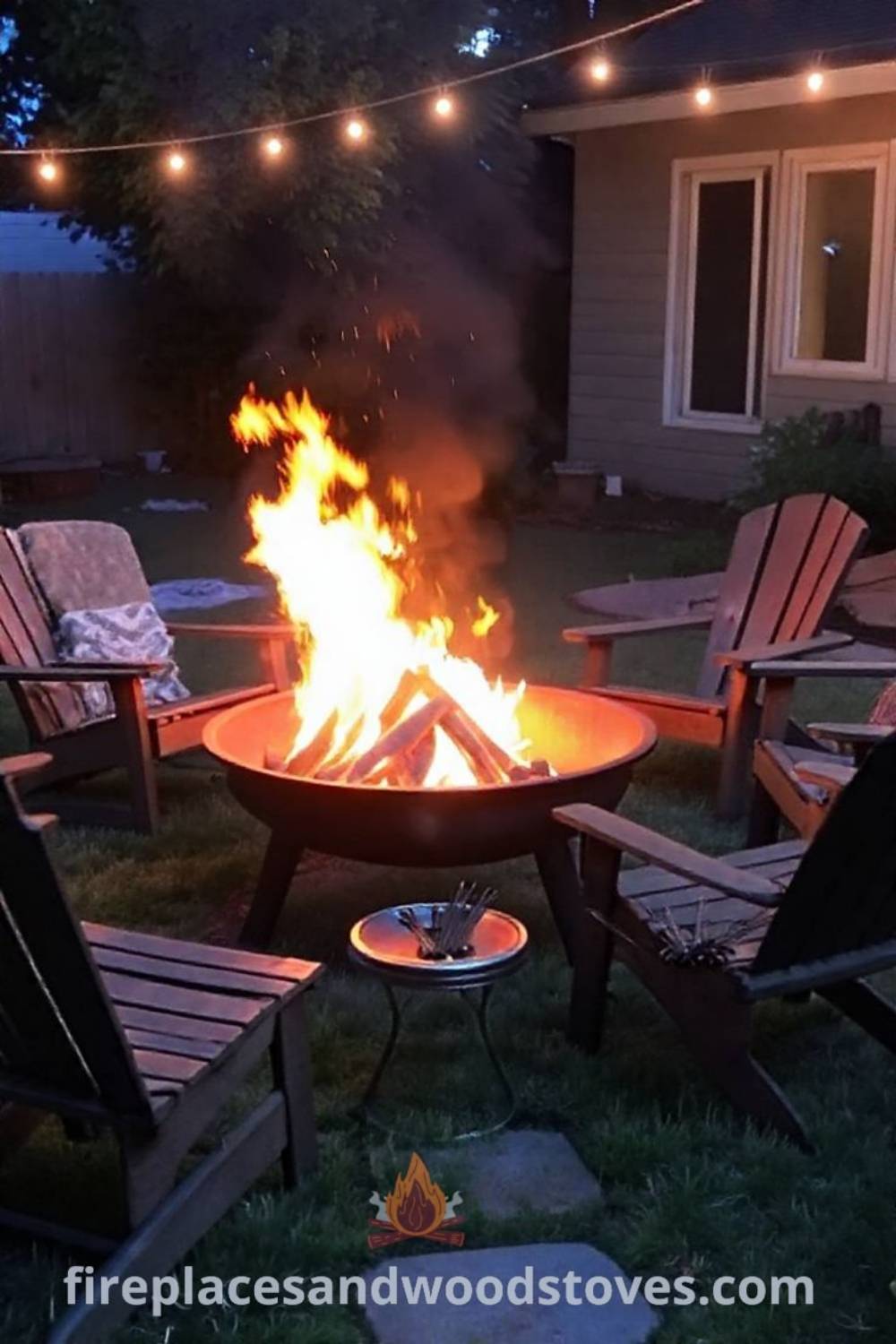
Fire-starting methods can vary greatly depending on the setting. Here’s how various techniques adapt to unique circumstances:
- Outdoor Adventures: When camping or hiking, pack portable tools like natural fire starters, flint and steel, or wax cubes. These ensure you’re prepared for various weather conditions.
- Indoor Use: For indoor use, methods that produce minimal smoke, such as wax-infused fire starters in a fireplace, may be more suitable compared to traditional wood and kindling alone.
- Humidity Considerations: In humid areas, rely more on fire starters that resist moisture, like wax-infused cubes, as traditional tinder may be damp, reducing ignition chances.
- Windy Conditions: In windy situations, protect kindling with a barrier, such as stones, while using natural starters that maintain a consistent flame to enhance success.
Beginner Mistakes to Avoid
- Overloading with large logs without kindling or starter
- Using unprepared or damp tinder
- Ignoring wind patterns and surrounding flammable materials
- Tempting to leave the fire unattended
🎒 Essential Tools for Reliable Ignition

| Tool | Effectiveness | Best Use |
|---|---|---|
| Flint and Steel | Very High | Outdoor, emergency situations |
| Wax-Infused Cubes | High | General use, specific outdoor activities |
| Battery and Steel Wool | Moderate | Camping, emergency kits |
| Solar Magnifying Glass | Variable | Sunny conditions, survival situations |
| Bow Drill | High | Survival practice, skill building |
| Pine Rolls | High | Reliable for both indoor and outdoor |
